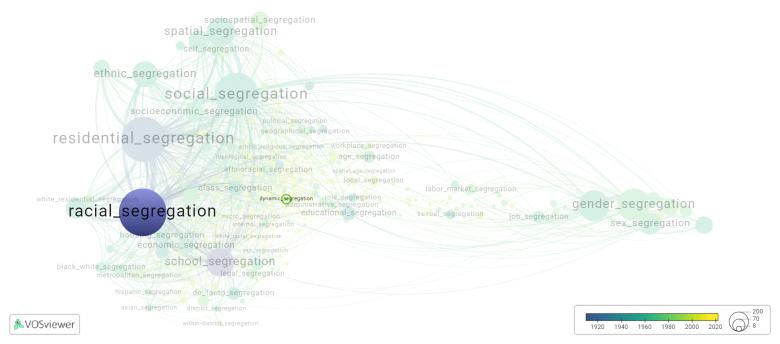Dynamic segregation
Date and country of first publication[1]
1999
Brazil
Definition
Dynamic segregation refers to the phenomenon where individuals within a group or society voluntarily separate or group themselves based on various characteristics such as race, gender, socio-economic status, or religion. This can occur in various settings such as schools, neighborhoods, workplaces, or social events.
Dynamic segregation can be influenced by personal preferences, cultural norms, prejudices, or lack of opportunities for integration. It can have both positive and negative impacts, as it can create a sense of belonging and community for some individuals while also perpetuating stereotypes, discrimination, and inequality.
Efforts to address dynamic segregation may involve promoting diversity and inclusion, creating opportunities for social mixing, challenging stereotypes and biases, and fostering a sense of unity and commonality among different groups. By actively working to break down barriers and increase interactions between diverse individuals, dynamic segregation can be reduced and a more inclusive society can be achieved.
See also
Related segregation forms
Dynamic segregation is frequently discussed in the literature with the following segregation forms:
This visualization is based on the study The Multidisciplinary Landscape of Segregation Research.
For the complete network of interrelated segregation forms, please refer to:
References
Notes
- ↑ Date and country of first publication as informed by the Scopus database (December 2023).
Dynamic segregation appears in the following literature
Kollmann T., Marsiglio S., Suardi S. (2018). Racial segregation in the United States since the Great Depression: A dynamic segregation approach. Journal of Housing Economics, 40(), 95-116. Academic Press Inc..https://doi.org/10.1016/j.jhe.2018.03.004

